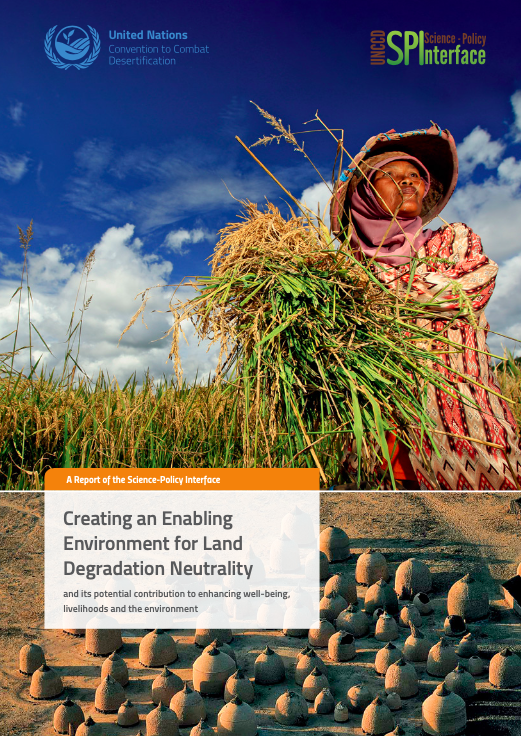Land Degradation and Climate Change in Africa
Land degradation is rampant in Africa, accounting for 46% of the total land area. Land degradation at the current pace is projected to render more than half of the cultivated land in Africa unusable by 2050. Land degradation and climate change mutually reinforce each other, creating serious implications for food security, biodiversity and livelihoods in Africa. Effective early warning systems are an essential and important alert mechanism for addressing land degradation.




